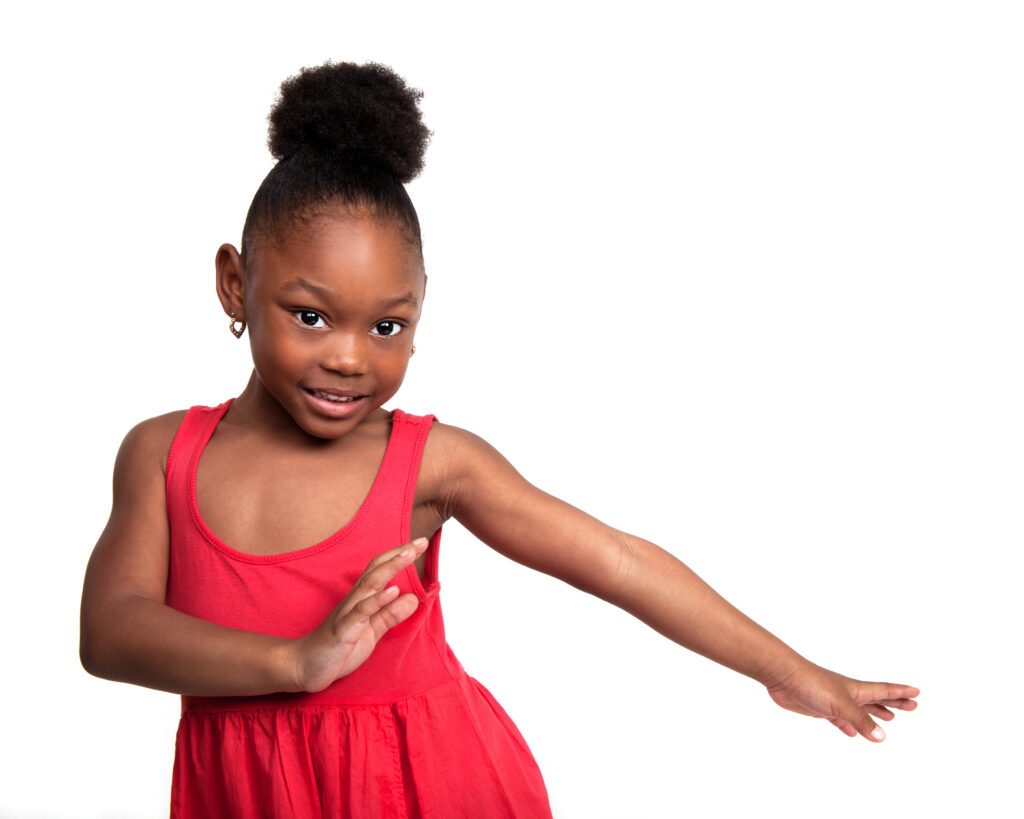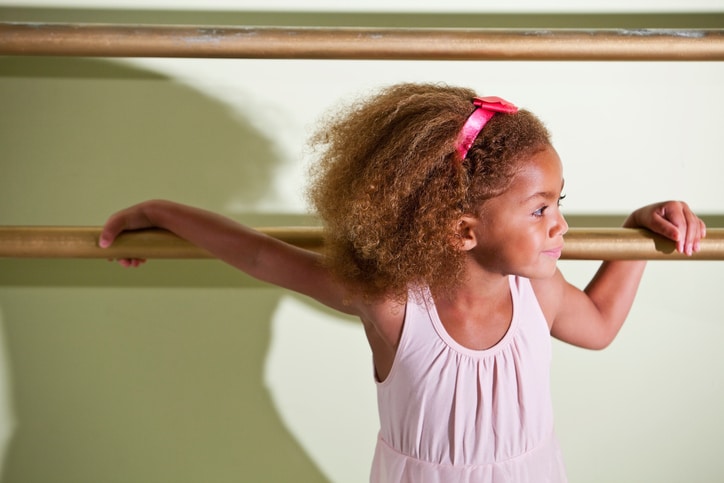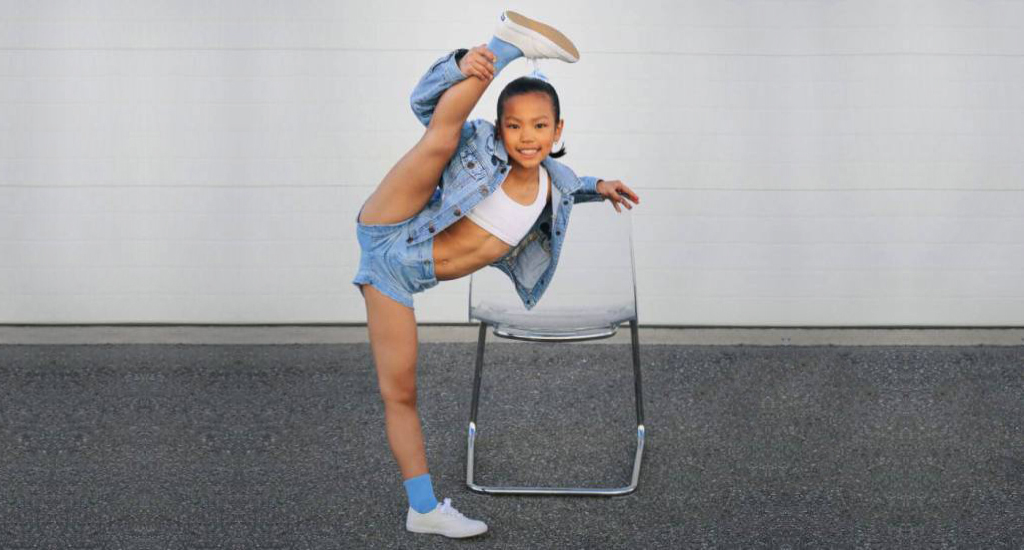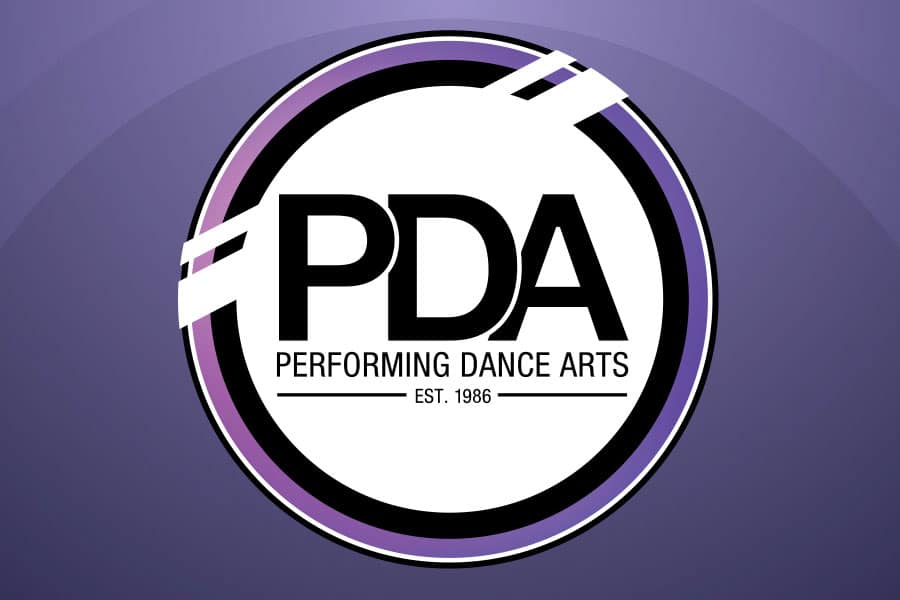Dance is a passion that burns inside of many. But did you know that dance also provides a platform for self-expression? With the right dance studio, instructor, and support team, a young dancer can use this art form to express their emotions, spirit, and sense of self.
The Many Benefits of Dance
Whether your child is enrolled in a dance studio in Vaughan or a dance academy in NYC, dance provides a wealth of physical, mental, emotional, and social benefits that far outweigh other forms of self-expression. Below are some of the top benefits of dance for children.
Physical Benefits
- Improves coordination and motor skills: Whether it is ballet, jazz, contemporary, or tap, learning to dance requires balance and coordination. Dance lessons help encourage and improve a child’s motor skills through posture and control.
- Development of strength and flexibility: Dance requires energy, stamina, and endurance to complete a performance or lesson. Every time a movement is used, the body becomes stronger and more flexible, which helps improve a dancer’s skillset.
- Enhances overall physical well-being: A fundamental aspect of any dance studio in Vaughan is teaching children how to keep fit with dance. Understanding the importance of fuelling the body and rest & recovery teaches children proper lifestyle habits.
Emotional Benefits
- Boosts self-confidence and self-esteem: The best way to conquer a fear is to face it head-on. With dance, a person can boost their self-confidence and self-esteem by using this art form to showcase self-expression in front of an audience and peers.
- Encourages emotional expression and release: Young children and teens deal with stress just like adults do. While the triggering factors may be different, dance provides people of all abilities and ages an outlet to express their emotions in a safe and non-judgemental environment.
- Fosters a positive body image: With the advancement of social media, positive body image has become a critical matter in the development of young minds. Dance classes teach children to accept and appreciate their abilities and not focus on their outward appearance only.
Cognitive Benefits
- Enhances creativity and imagination: Young children learning to dance quickly learn how to use their imagination to be creative in moving their bodies. Through movement, a dancer learns control and precise organization of the movements to perform.
- Improves focus and concentration: With dance lessons, a dancer must be able to focus and concentrate on learning new skills to improve their training abilities. Dance encourages the body to produce oxygen needed for brain power and energy.
- Stimulates problem-solving skills: Problem-solving skills involve the ability to process information through creativity and critical thinking. With learning to dance, a child must adapt quickly while making snap decisions and judgments.
Using Dance As a Form of Self-Expression
Self-expression is “the expression of one’s own personality: assertion of one’s individual traits”. This is usually done through a form of art such as dance, drawing, facial expressions, actions, and even sense of style. It is self-expression that allows a child to grow into themselves as they learn about the world around them.
Dance is a way for a person to express themselves without using their voice. Every dance genre uses movements and facial expressions to tell a story. For example, jazz is an energetic form of self-expression through movement with turns, twists, leaps, and unique footwork.
Ballet, on the other hand, relies on the dancer’s ability to use control to form basic techniques which incorporate a strong core of the body.
Popular dance forms of contemporary use jazz and ballet movements to create fluid dance moves as seen with many forms of urban or hip-hop dance steps.
Also Read: Dancing Can Help Improve Young Children’s Social Skills
Nurturing Self-Expression through Dance
Dance is more than just a fun activity for children to participate in and make new friends. It is a vice for children of all ages and abilities to learn how to use the body for self-expression. Here’s how parents can help their children improve their self expression:
Choose the Right Dance Studio
When looking for a dance studio or instructor that can encourage and support your child, consider the environment used for such teachings. Inclusivity, acceptance, and inspiration should be values of the studio and the instructors. Those with extensive experience in the world of dance will focus on having students use self-expression through freestyle and choregraphed dances.
Encourage Exploration and Creativity
Along with a choregraphed dance, instructors should invite the dancer to use creativity to give balance and flow to the movements. Dance is a form of self-expression, and like other art forms, is open to interpretation. Therefore, dancers need to be encouraged to use movement as an artistic expression of their passion for dance and their own skillsets.
Celebrate Personal Growth and Achievements
It is important for parents to emphasize progression and improvement rather than perfection. Enjoying the process and celebrating every milestone, no matter how small it may be, will teach your child pride. Children of all ages need nurturing and recognition for their achievements to have a sense of self-accomplishment.
Performing Dance Arts offers a safe and fun learning environment for dancers beginning at 2 ½ years old! Our modern studios in Yorkdale (647) 262-1550, Etobicoke (647) 640-5010, and Vaughan (905) 856-1030 are managed and organized by some of the world’s best dance instructors who share their passion for dance with our students. Contact us to register your child for our dance programs.




